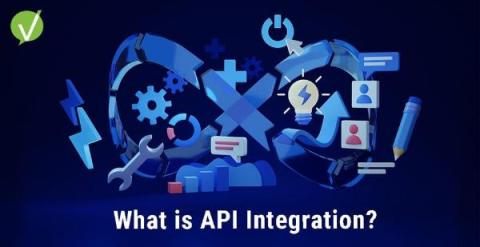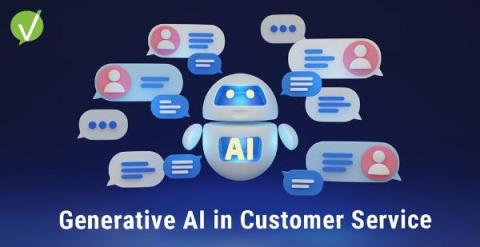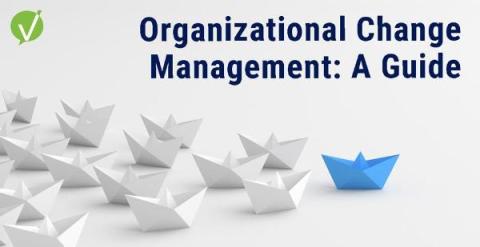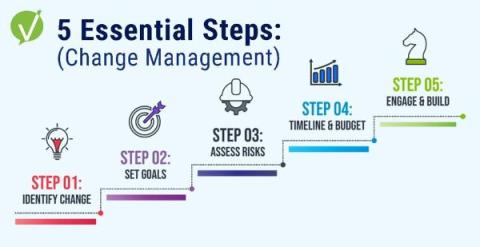What is API Integration? Understanding the Essentials
Welcome to Vivantio’s guide on API integration, where we will uncover the essentials of this powerful technology and how it can transform the way you automate your business processes, streamline your enterprise workflows, and enhance productivity. The seamless exchange of data and functionality between software applications and systems is paramount for efficient operations. This is where API integration and API management plays a pivotal role.











